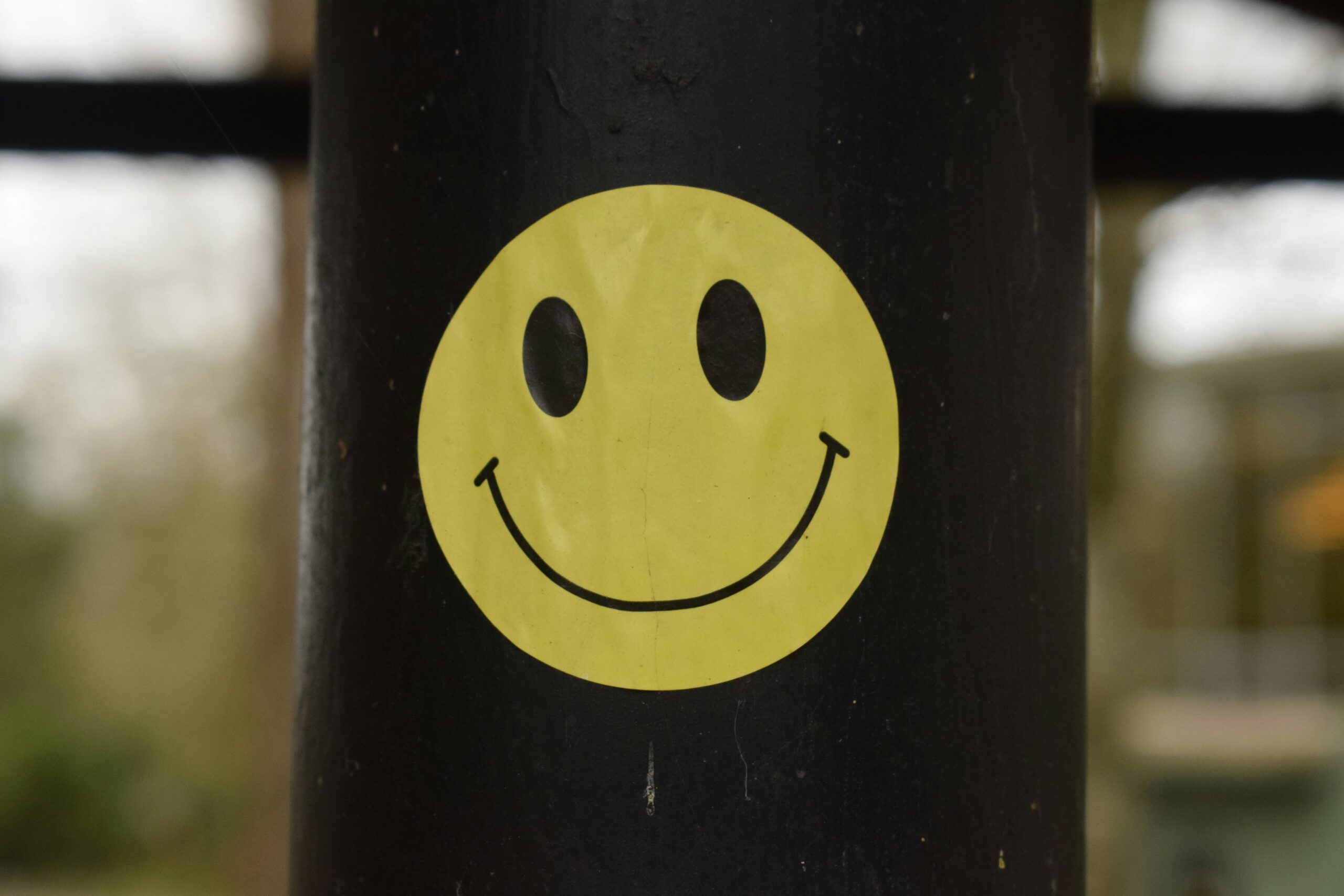Toxic positivity refers to the cultural pressure to maintain a positive attitude no matter how difficult or painful a situation may be. Within the first glance, it might seem harmless—even healthy. After all, staying positive is often encouraged as a strategy for resilience. But when optimism becomes dismissive or invalidating, it crosses into toxic territory.
Right now, in our hyper-curated world of social media and self‑help slogans, toxic positivity in mental health has become a silent epidemic. Statements like “just think positive,” or “good vibes only” may sound encouraging, but they often ignore the reality of human emotion and suppress the complex feelings that need space to breathe.
🧩 The Psychology Behind Toxic Positivity
1. Emotional Suppression and Avoidance
When we constantly push ourselves to “stay positive,” we may unknowingly suppress valid emotions like anger, grief, or fear. Over time, this emotional suppression doesn’t protect us—it builds internal stress. Studies have shown that ignoring difficult feelings can lead to increased anxiety, burnout, and even physical health issues. True mental wellness begins not with denial, but with acceptance. Feeling is not weakness, it’s emotional resilience in action.
2. Internalized Shame
Toxic positivity can make people feel ashamed for experiencing natural emotions like sadness or fear. This internalized shame encourages self-judgment and emotional suppression.
Toxic Positivity in the Digital Age
The Role of Social Media
Instagram, TikTok, and other platforms are saturated with overly cheerful content, inspirational quotes, and influencer culture that glamorize constant happiness. Hashtags such as #goodvibesonly flood timelines, pushing users to present a perpetually happy version of themselves. This environment conditions individuals to hide their struggles and consider negative emotions unacceptable .
Why “Positive Vibes Only” Can Be Harmful
- Silences Real Conversations
Telling people to always “stay positive” can discourage them from sharing their true feelings, leading to emotional isolation. - Dismisses Pain
Phrases like “everything happens for a reason” may be well-intentioned but can invalidate genuine suffering. - Creates Unrealistic Expectations
Expecting constant positivity is an impossible standard, which can make people feel like emotional fails.
✅ Recognizing Toxic Positivity
Watch for these signs:
- “It’s not that bad—others have it worse.”
- “Don’t be so negative.”
- “Happiness is a choice.”
- Downplaying or hiding emotions to fit a cheerful image.
🌱 Cultivating Healthy Positivity
Healthy positivity acknowledges reality while promoting growth. Here’s how:
- Allow Emotional Honesty: Embrace all emotions as valid.
- Practice Empathic Listening: Validate feelings without rushing to advice.
- Avoid Platitudes: Replace “just stay positive” with “I’m here for you.”
- Model Vulnerability: Share your own emotional experiences.
- Educate Through Reliable Sources: Encourage discussions based on research and emotional literacy.
Emotional Honesty Is Real Strength
Toxic positivity does more harm than good. In a world obsessed with insincere happiness, we must remember that emotional authenticity fosters true resilience. Embrace your feelings—even the messy ones. After all, sometimes the bravest thing you can do is simply feel.
🌿 “True recovery isn’t about smiling through pain—it’s about feeling through it.”
🌐 Further Reading & Resource





Bir yanıt yazın